Buying a heat pump – checklist
Existing heating system evaluation

Most people change their heat pumps due to high heating costs. Try making a cost analysis for at least the last year with a snapshot going back further so that an unusually mild – or cold – winter does not create a misleading picture.
Boilers and oil tanks take up space. A heat pump uses less than half a square meter, freeing up valuable space.
If you plan on upgrading your heating system, think about renewable hassle-free heating that can cope with coldest days in winter.
The principle of heat extraction
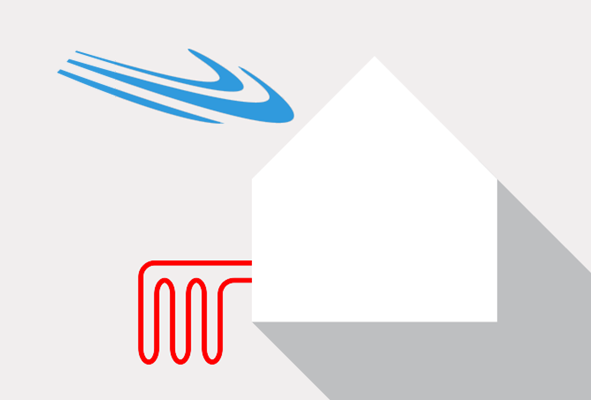
Air heating does not require drilling or hoses being laid, which makes it a great solution when land is limited and a partial upgrade is being considered – heat pump + current system.
A ground source system means that a long looping hose is buried about a meter below your property. A large area of the property will need to be dug up, putting it temporarily out of use.
Geothermal energy is a stable heat source, where one or more boreholes are drilled in the ground. This method is unobtrusive for the garden.
Your heating and hot water requirements
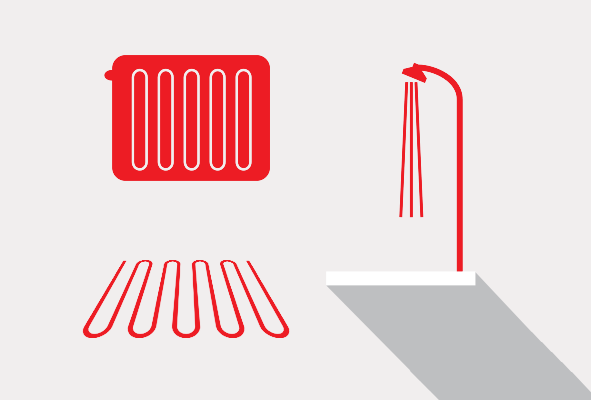
In producing heat and hot water and choosing the right size of heat pump, be aware of your domestic hot water demand and heat receivers.
A heat pump heats radiators and wet floors regardless of the required supply temperature. However, if the heating supply line is lower than consumption, less energy will be needed, providing MAX efficiency.
Lower demands can be met with 180-liter heat pumps with an integrated water heater plus the option of a second tank for more demand. 55-60 °C is sufficient.
Cooling – comfort all year round
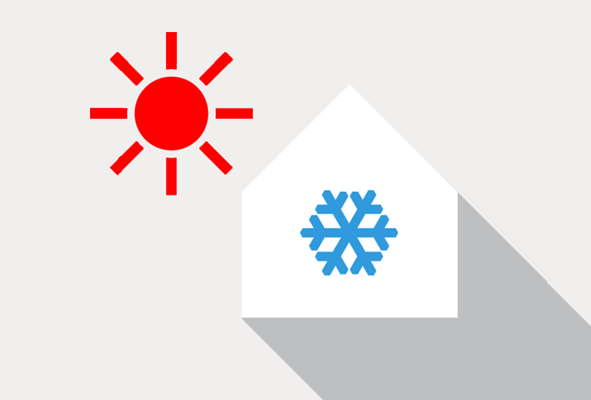
Besides heating and hot water, during hot summers a ground source heat pump can provide indoor cooling, known as passive and active cooling.
By circulating a cool liquid in the loop, cooling is created at a cost equal to a couple of light bulbs. This technique is called passive cooling and can be used with all ground source heat pump solutions.
If passive cooling is insufficient, a heat pump supported by a compressor will produce more cooling.
Competing heat pump performance

COP (Coefficient of Performance) expresses a heat pump’s capacity to produce heat against the energy needed to extract it. For example, COP 4 means that 1kW of electricity produces 4kW of heat energy.
But that is not the entire story. Measuring the COP in specified test conditions, without calculating the energy consumption for all the components in the system (e.g. circulation pumps), can produce what may appear to be very good values. But a measurement should not be done just to support a manufacturer’s marketing. It should give homeowners like you a more accurate picture of how efficient the heat pump is over time.
The real measure is SCOP (Seasonal Coefficient of Performance). This incorporates the whole year, including the warmest and the coldest periods, as well as the production of hot water. Other factors that affect the overall result include house size, geographical location and number of residents. The difference between COP and SCOP is often very large.
Sizing & anticipated savings
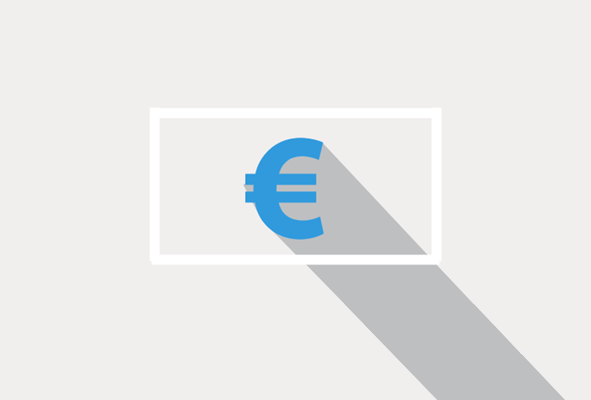
A larger heat pump costs more but has lower running costs and visa-versa. Correct sizing will give the optimal balance between investment and operating costs.Installing an efficient heat pump reduces heating costs from 50-75% compared to an old heating system.
Factors affecting output include the condition of the house, the heating system and outdoor temperature – climate zone and the price trend of the type of energy being used.
NB! A good heat pump installation increases the value of your home.
Cost quotation

Compare your quote: anything from total costs for a turnkey installation to disconnection and removal of the old boiler. Cheaper heat pumps should have sufficient output to comfortably heat your home. A tempting low purchase price can be quickly swallowed up by higher running costs.
A heat pump is a part of the entire heating system, which also consists of a heat distribution system and a ground source.
The key to success is choosing a quality product and a reliable, expert contractor to manage and complete the entire installation.
After sales
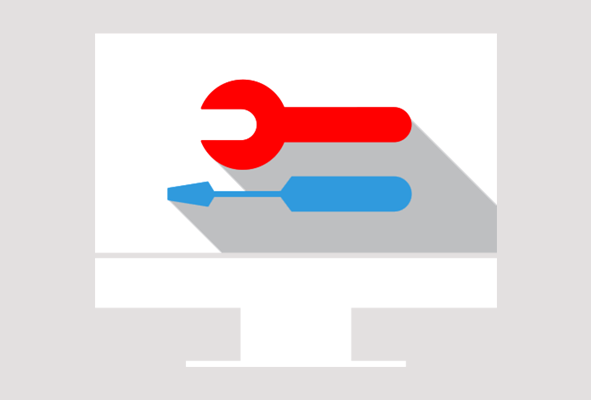
Normally, a heat pump should run all year round and be maintenance free. When service is occasionally necessary, it is important to have a dependable retailer. With the warranty offered, don’t be distracted by the length of the cover period but check what is covered.
Ask for remote control, which enables to raise or lower the temperature in your home via the Internet when you are about to travel home after a holiday or business trip.